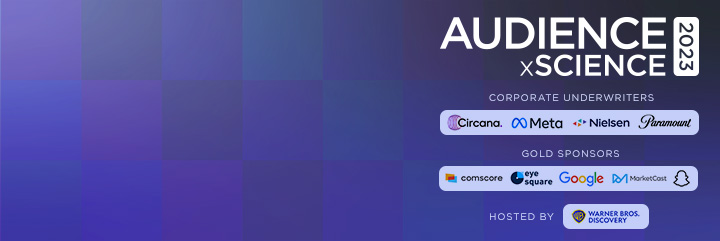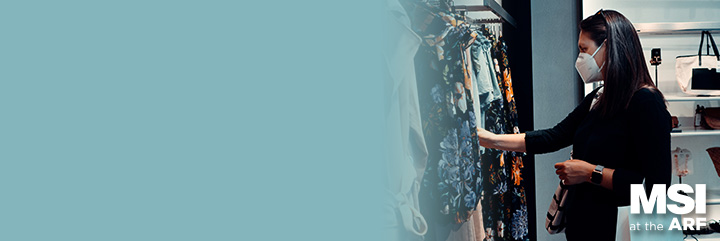Consumer Behavioral Shifts: Why Your Marketing Measurement Must Adapt in 2022 and Beyond
Consumer behaviors have changed dramatically creating new challenges for brands and their marketing measurement. During this Insights Studio, we explored the measurement challenges brands have faced in the wake of significant consumer changes. We also discussed best practices brands should be using to ensure their marketing measurement is set up for future success as consumers continue to react to major societal change. Executives from OptiMine, an agile marketing analytics provider, Kepler, a global digital agency, and Beachbody, an innovative health and fitness company, shared their observations on how changes in consumer shopping and media consumption behaviors have been reflected in marketing measurement.



